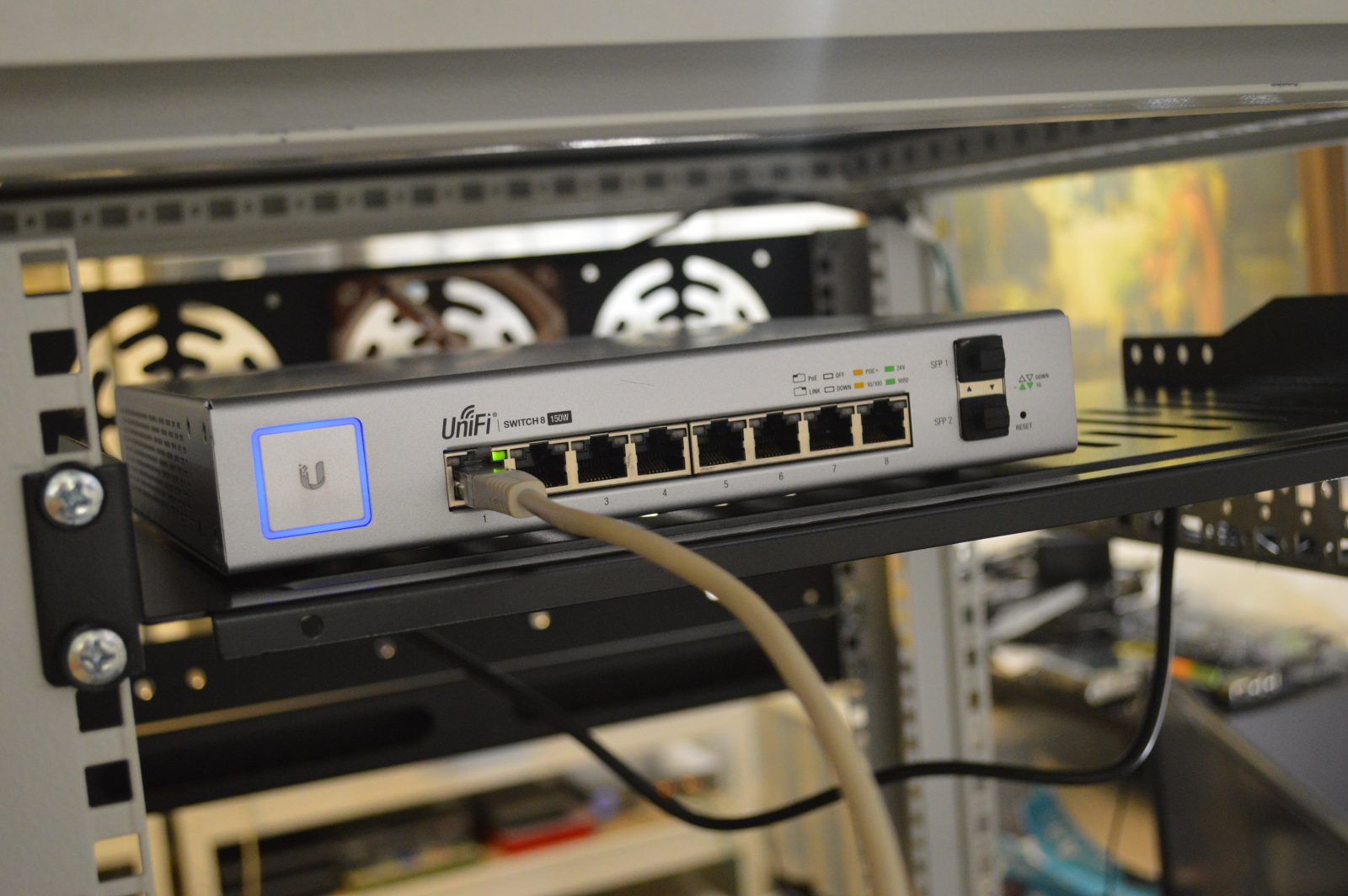
How MSPs Benefit from AI-Powered WiFi Automation

Managed Service Providers (MSPs) have significant responsibility. Enterprises of various sizes depend on them to provide reliable, optimized WiFi networks so that business can proceed as needed. Without these networks, every department from sales to finances to customer relations will suffer.
This makes WiFi network optimization non-negotiable. With these networks only growing in complexity, MSPs have to move beyond reactive optimization and act proactively, resolving problems before companies and end users are impacted. This is no easy task, but it can be made simpler with the use of AI-powered WiFi automation platforms. In this article, we’ll look at what WiFi automation is, the troubleshooting and future-proofing support it provides, and how it solves WiFi network challenges and returns time and energy to MSPs.
What is AI-powered WiFi automation?
WiFi automation uses a combination of hardware and software to automate the proactive analyzing and testing of the entire RF ecosystem, including an enterprise’s WiFi network, connected devices, infrastructure, and both WiFi and non-WiFi sources of interference.
Platforms deliver 24/7 detection, notification, and solutions of network abnormalities, as well as complete present and past ecosystem visibility. Powered by artificial intelligence, they learn to recognize normal network behavior and provide proactive, automatic alerts if that behavior changes in any way.
With these platforms, MSPs can more efficiently ensure that enterprise networks can meet user expectations, regardless of the demand placed on them.
How do WiFi automation platforms improve network efficiency?
MSPs must analyze and optimize all network performance. This requires professionals to consistently analyze both network and end user quality metrics. This analysis is necessary to:
- Establish baseline performance levels
- Track real-time performance
- Identify long-term performance trends
To fully support enterprises, teams need to have device-level insights from all areas of the WiFi network ecosystem. Teams must analyze factors such as:
- Wireless connectivity and internet connectivity
- Application performance
- Device performance
- Network security
- Server performance
- SSIDs
- AP performance
- Client distribution
- RF and client utilization
- RSSI
- Non-WiFi interference
- Noise level
Data can be gathered and analyzed manually or automatically. Automatic methods are recommended, as they allow MSPs to:
- Gather data consistently while freeing up time for other critical tasks
- Gather and analyze data in real-time
With hundreds or thousands of devices at every managed enterprise, it isn’t possible for MSPs to analyze all network ecosystem data in real-time. However, these real-time analytics are crucial for keeping the network optimized and reliable. By working with an AI-powered WiFi automation platform, teams can get the real-time analytics and insights they need, regardless of the other tasks they need to perform.
These insights are gathered in two ways:
- Through regular network observations as the platform analyzes the RF environment 24/7
- Through network tests, which can be scheduled to run at regular intervals or on-demand
Either way, the platform will alert teams proactively if any issues are identified, or if any test falls outside of established parameters.
End user quality metrics
When speaking of network efficiency, end user quality metrics deserve to be highlighted. It is the end users that rely on the network to perform most, if not all, job responsibilities. Therefore, it is critical that enterprises and MSPs have detailed analytics into their network experience. Through understanding the user experience, or UX, enterprises can better determine what network upgrades or updates are needed to ensure business continuity and performance optimization.
To deliver end user quality metrics, the WiFi automation platform used must be able to connect to the network as an end user device when running network tests. This ensures that network analytics are from the end user perspective, meaning MSPs have a direct look into the UX and are not required to depend on problem tickets or user surveys for insights.
How does WiFi automation improve network issue resolution?
There are an almost endless number of potential issues that can impact the performance and behavior of a WiFi network. In order to minimize downtime, MSPs must resolve these issues as quickly as possible. This requires professionals to:
- Receive a problem ticket (either through a system or user alert)
- Capture packets to determine exactly what is occurring (this can take time and require professionals to wait for the issue to recur if it is intermittent)
- Identify the root cause
- Troubleshoot and implement a resolution
- Document the process to share both externally with the client and internally with other team members
Depending on the nature of the issue, this process can take anywhere from under an hour to over a week. AI-powered WiFi automation platforms significantly reduce the resolution time by automatically detecting issues. Some platforms will also automatically identify the root cause. In this case, the process looks like this:
- MSPs receive an issue alert with an identified root cause and actionable resolutions
- MSPs troubleshoot and resolve the issue
- MSPs export all details from the platform’s user interface into a report to share externally and internally
With these platforms, it doesn’t matter if the issue is intermittent or not. Professionals always have the details they need to troubleshoot in as near as real-time as possible. The platforms change the process from a reactive one where MSPs often have to wait for the user experience to decline before they are alerted to a problem, to a proactive one where the platform provides an alert as soon as network behavior changes.
How do WiFi automation platforms future-proof client networks?
Future-proofing a network requires MSPs and clients to be able to predict what the network ecosystem will need to best support the UX over the next 3-5 years. An integral part of this prediction is a detailed understanding of a network’s long-term performance trends. It is these trends that support decision makers in answering questions such as:
- How is network utilization changing?
- Are we approaching max capacity?
- Which servers, switches, APs, and other infrastructure will need to be replaced soon?
- How was network performance impacted by recent device / infrastructure upgrades?
- Does the network have the necessary capabilities to support new technologies like WiFi 6E and WiFi 6?
To deliver these insights and support budget-friendly and client-specific upgrade plans, WiFi automation platforms should provide:
- Historical analytics to provide data on health and performance trends over time
- Historical wireless traces, which give MSPs access to historical WiFi communication packets. This deepens professionals’ visibility into network performance and provides even greater comprehensive insights.
Do AI-powered WiFi automation platforms support remote work?
Platforms are designed to reduce remote site visits by providing automated and remote troubleshooting. They allow MSPs to view all network activity and troubleshoot issues from any time at any location. With detailed analytics, as well as real-time and historical data, MSPs have the information they need to optimize client networks often without traveling onsite.
Do WiFi automation platforms offer multi-vendor support?
Depending on the platform chosen, MSPs may have multi-vendor support. This is understandably critical as MSPs not only work with multiple clients, but also must expect that even a single client can be working with different vendors at different sites. If platforms are vendor-agnostic, they will support all MSP clients no matter the vendor situation.
As a bonus, on some platforms, MSPs can see alerts and analytics for all clients on one user interface. This simplifies MSPs’ management and optimization responsibilities.
The Wireless Intelligence Platform™
The Wireless Intelligence Platform™ (WIP) delivers:
- 90% faster Mean-Time-to-Resolution
- 70% fewer WiFi problem tickets
- 80% fewer remote site visits
WIP is vendor agnostic and begins returning analytics as soon as it is plugged into the network, a process that only takes minutes. Begin working with it today to simplify network optimization and troubleshooting for all clients. Request a free demo or trial here.

